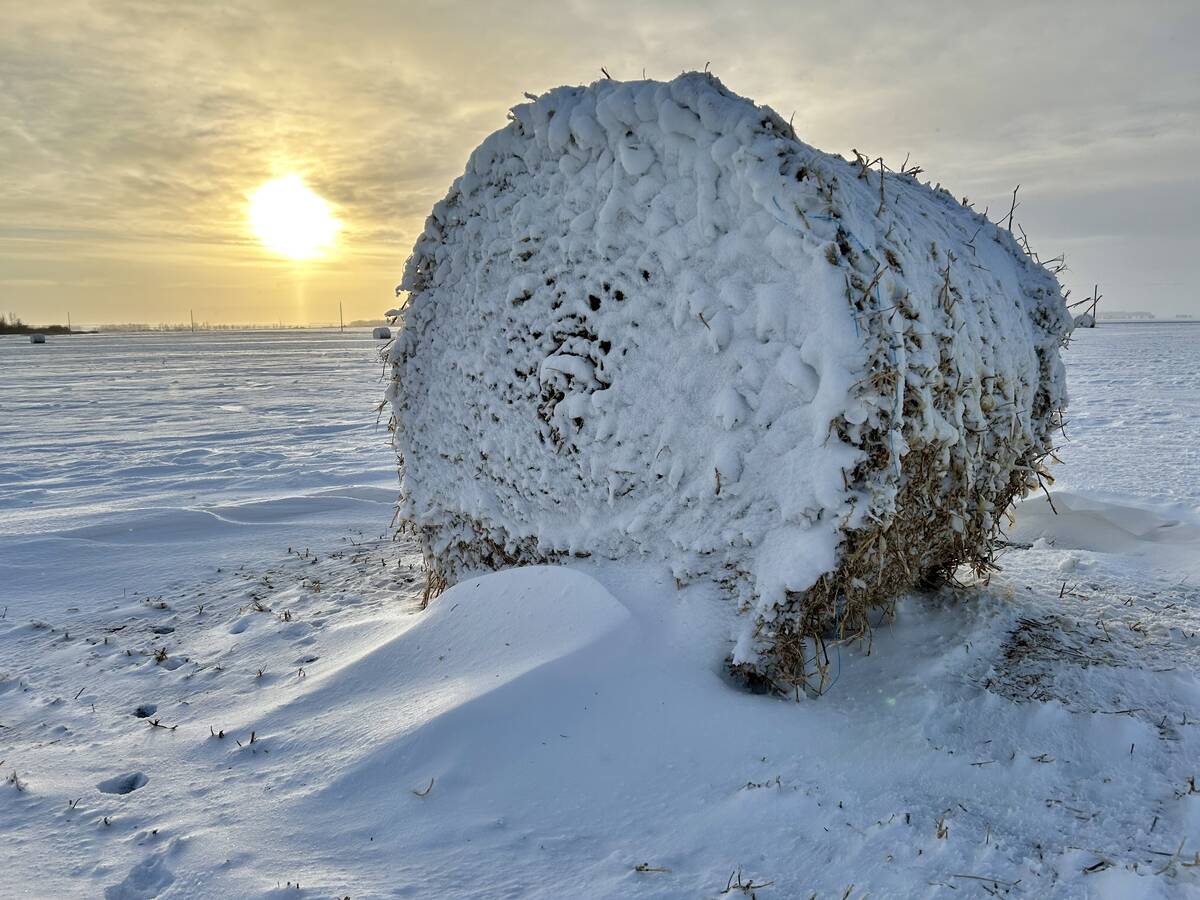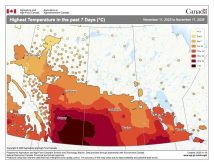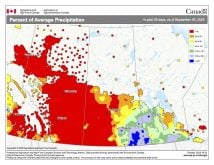So far in our look at different types of severe summer weather, we’ve looked at heavy rainfall warnings and heat warnings.
I was going to take a break from our examination of severe summer weather for this issue and examine some of the unique weather events that have taken place across the world over the last month or two. But I think the timing is just right to begin our look at the most prevalent of severe summer weather — thunderstorms and the hail they can bring.
Read Also

Prairie winter snowfall forecast 2025-2026
How much snow should farmers in Alberta and elsewhere on the Canadian Prairies expect for the rest of December 2025 and into January-February 2026?
First of all, when it comes to thunderstorms, we need to clarify something right off the top. I have discussed this several times in the past, and I know everyone doesn’t read my articles. But it still makes me crazy when I hear people getting all worked up about a severe thunderstorm watch and then being upset about how inaccurate the forecast was when no thunderstorm happened. A severe thunderstorm watch is when conditions are favourable for severe thunderstorms to take place. It does not mean that severe storms have formed and will hit your area — when that happens, a severe thunderstorm warning is issued.
- More with Daniel Bezte: Know your weather alerts before severe summer weather hits
Severe thunderstorms can bring almost all of the major types of severe summer weather, but one of the most devastating is hail. While tornadoes usually get most of the attention, and they can be truly devastating, they are rare. Just ask around — very few people have ever seen, never mind felt, the full impact of a tornado. I know I have never experienced one. Ask the same question about hail and pretty much everyone will have a story about a big hailstorm, or two… or three!
Unless the hail occurs in March or early April, I don’t think there is a single farmer or gardener who thinks hail is neat or cool. I used to be one of those who loved hail — until I owned my own car, house, and had a vegetable garden!
Just how often can you expect to see hail across the Prairies?
Over most of the Prairies it would be one to three times a year. There are hot spots that can see hail upwards of five times per year and they are in south-central Alberta, extreme southern Saskatchewan, and south-central Manitoba.
By far the most active area is in south-central Alberta, and in particular, Calgary. Looking at the most expensive hailstorms across Canada the vast majority has occurred in Alberta, with a few bad ones in Manitoba. Looking at the dates for the most destructive hailstorms and we find that with only a few exceptions, all occurred in July.

The big question is: Why does Alberta in particular, and then southern Manitoba, see so many bad or damaging hailstorms compared to the rest of the country? Well, for Alberta it has to do with topography (or the lay of the land), whereas in Manitoba it has more to do with its closer proximity to Gulf moisture that can help to fuel really big storms.
Hail forms when a particle passes from the warm (liquid) part of the cloud into the cold (freezing) part of the cloud. When this occurs, any water on the particle freezes and you now have a small hailstone. Most thunderstorms produce hail, the question is whether or not the temperatures in the storm and the updraft are such that the hailstones will make it to the ground before they melt. If a hailstone forms and just keeps going up to the top of the thunderstorm it wouldn’t accumulate much ice and will remain small. For hailstones to get really big they must go back into the warm (liquid) section of the storm, pick up more water, then go back up into the cold section of the cloud so the water can freeze. Repeat this cycle a number of times and you can get some really big hailstones.
In Alberta, the higher terrain allows for lower freezing levels in the atmosphere, which means hailstones don’t have much chance of melting on their way down — so they can be fairly large. In Manitoba, the deep Gulf moisture allows storms to get very high with strong updrafts, which can keep hailstones aloft for long periods of time, allowing large ones to develop.
When it comes to hail, size really does matter! Pea-sized hail will do little, if any, damage to structures and plants, while golf ball-sized ones can literally destroy everything in their path.
When it comes to measuring hailstone size, things become a little strange. That is, you don’t usually hear that the hail will be around 50 millimetres in diameter. Instead, you hear that the hail was the size of a golf ball or an egg. Of all the things we measure in regards to weather, hail has by far the most descriptive measurements. Some of the more common descriptive terms used for hail and the approximate size of hailstones are:
- Pea – 5 mm in diameter
- Marble – 10 mm in diameter
- Grape – 15 mm in diameter
- Ping-pong ball – 40 mm in diameter
- Golf ball – 45 mm in diameter
- Egg – 50 mm in diameter
- Pool ball – 60 mm in diameter
- Tennis ball – 65 mm in diameter
- Baseball – 70 mm in diameter
- Grapefruit – 100 mm in diameter
- Softball – 115 mm in diameter
In the next issue I think we’ll take that break from severe summer weather to explore some of the unique weather happenings from around the world.
















